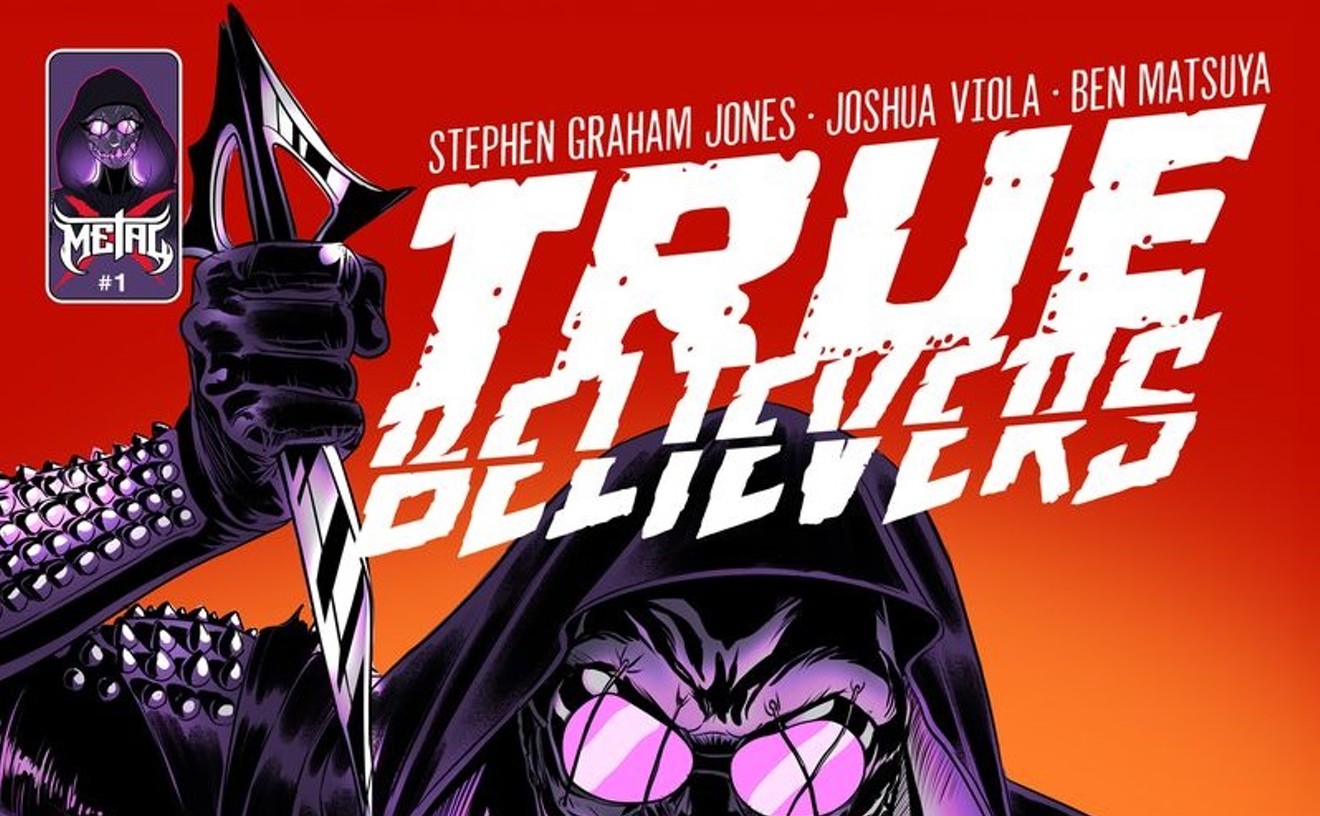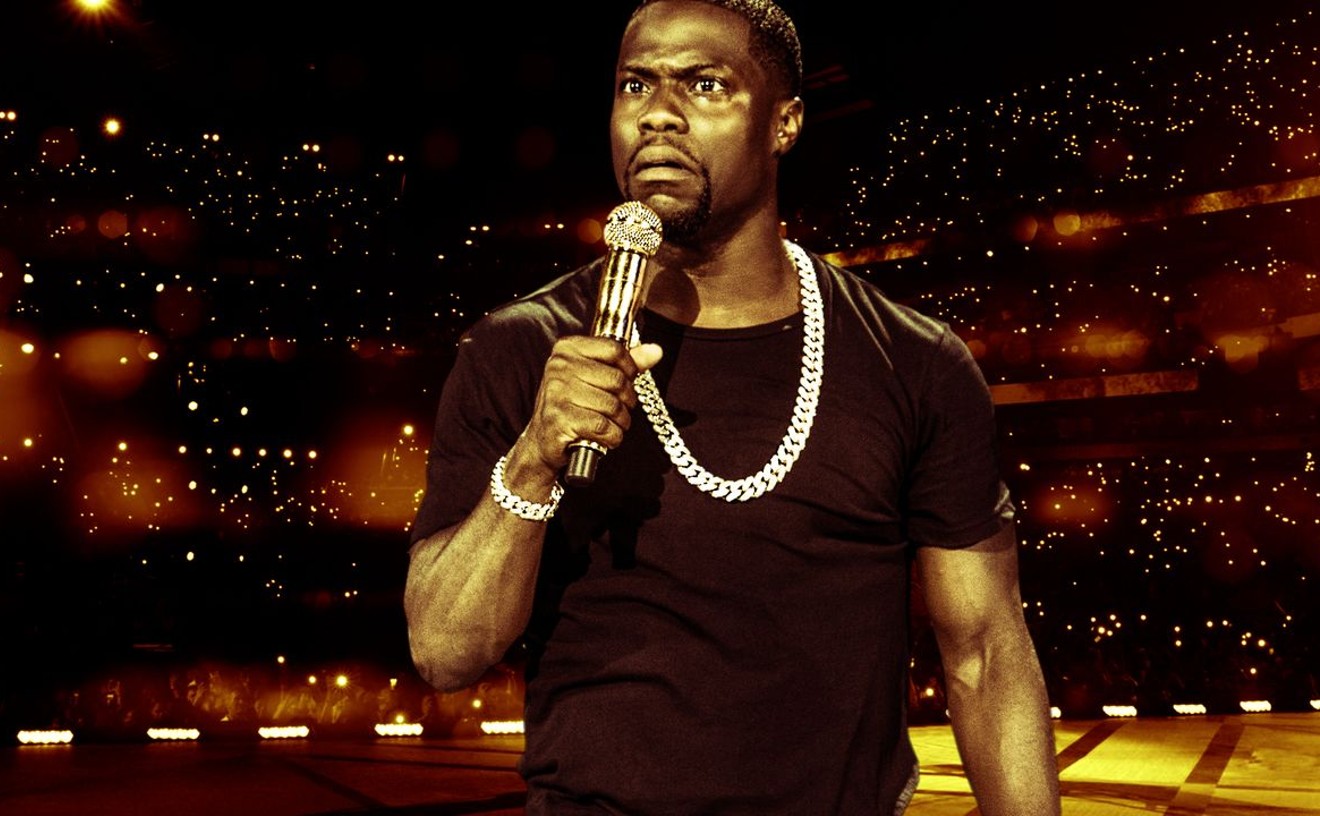Exposure. Eric Paddock is the Denver Art Museum's first full-fledged photo curator to head up his own new department. To unveil the permanent gallery for photography in the Ponti tower, he's put together Exposure: Photos From the Vault, highlighting a range of gems from the DAM's collection. Collected in fits and spurts, the museum's photo holdings are very uneven, but as Paddock proves with this show, there are a lot of masterworks in it anyway. As could be expected, considering the impressive Wolf Collection of early Western landscapes, there are quite a few pieces by the pioneers of that field, notably Carleton Watkins. And there are a number of well-known photos by famous modern photographers like Diane Arbus, Ansel Adams and Garry Winogrand. Another important feature of the exhibit is the inclusion of many Colorado photographers, including Kevin O'Connell and Wes Kennedy. This aspect is not unexpected coming from a curator who spent most of his career at the Colorado Historical Society. Through October 31, at the Denver Art Museum, 100 West 14th Avenue Parkway, 720-865-5000. www.denverartmuseum.org. Reviewed May 20.
Herbert Bayer. There's no argument that Herbert Bayer, who lived in Aspen for decades, is the most important artist in Colorado history. He was internationally famous when he moved here, having been associated with the Bauhaus in Germany before World War II. And in line with the philosophy promoted by that utopian school, he embraced a wide range of artistic mediums, including graphic design, architecture, painting, printmaking and textiles; he also invented earth art. This exhibit includes paintings and works on paper, but it is Bayer's sensational tapestries that dominate the show because of their size, their graphic boldness and their strong colors. In truth, everything else recedes into the background in deference to them. The tapestries, done in the 1960s and '70s, reveal that Bayer wasn't just a master of the simple yet visually rich composition; he was also king of color. Extended through July 31 at Z Art Department, 1136 Speer Boulevard, 303-623-8432.
Linda Fleming and Katy Stone. The current pair of shows at Robischon delve into the field of conceptual abstraction with two artists who create three-dimensional objects, not all of which could be called sculptures. Up front is Linda Fleming: Lingering, made up of some recent works by this part-time Colorado artist. In the center spaces is Katy Stone: New Work, highlighting ephemeral pleasures from the noted Seattle artist. Fleming is part of the history of contemporary art, having built her studio in the Libre artist collective way back in 1968. The pieces in Lingering, though mostly made of steel, are almost insubstantial owing to all the piercing Fleming has done to the forms. These openings allow negative space to play as important a role as the positive space of the materials themselves. As unusual as the Flemings are, Robischon has found the perfect companion for them in Stone's conceptually related work. The artist is technically making sculptures, but she organizes the mass of material she uses -- often clear plastic -- in such a way that they look like paintings. Extened through August 7 at Robischon Gallery, 1740 Wazee Street, 303-298-7788, www.robischongallery.com. Reviewed June 3.
Moore in the Gardens. Henry Moore, who died in 1986, was Great Britain's most important modern sculptor. Born in 1898, he began to create artwork shortly after World War I, becoming internationally famous by the 1930s. Moore was one of a legion of important artists who responded to Picasso's surrealism, but he made the style his own. This traveling exhibit, sponsored by the Henry Moore Foundation, has been installed on the grounds of the Denver Botanic Gardens, with two pieces at the DBG annex at Chatfield (8500 Deer Creek Canyon Road, Littleton). The main part of the exhibit begins in the Boettcher Memorial Center, where a collection of the artist's tools and maquettes are crowded into showcases, and where a single work has been installed in a fountain. Most of the other pieces have been displayed around the gardens; get a map so you'll be sure to find them all. The monumental works, typically in bronze, look absolutely perfect in the landscaped settings, and that makes sense, since Moore himself was a serious gardener. Too bad the DBG can't keep them. Through January 31 at the Denver Botanic Gardens, 1007 York Street, 720-865-3500, www.botanicgardens.org. Reviewed June 17.
Stark. Michael Chavez, curator at Foothills Art Center, has organized a show in which all the pieces are black and white. The exhibit is a quintet of solos, with each of the five Denver-area artists being the subject of a mini concentration. Stark begins with some remarkable drawings by Nathan Abels, who's also represented by an apparition-like video. Next up are some staggeringly accomplished hyper-realist paintings of older women in interior settings by Monique Crine, along with a series of smart-looking neo-pop photos by Stephen Legg, who takes multiple glamour shots of mundane things. Around the corner is a grid of 49 straight-on mug shots by Christopher Perez, part of an enormous project in which the artist captures friends and strangers out on the street. The show ends with a smart-looking painted wall installation by Mindy Bray, depicting, in black stenciled paint, a willow tree that wraps around the center's stained-glass windows. There's also an addendum to the show: portraits by Greg Cradick from Working With Artists. Through July 3 at Foothills Art Center, 809 15th Street, Golden, 303-2793922, www.foothillscenter.org. Reviewed June 1.










